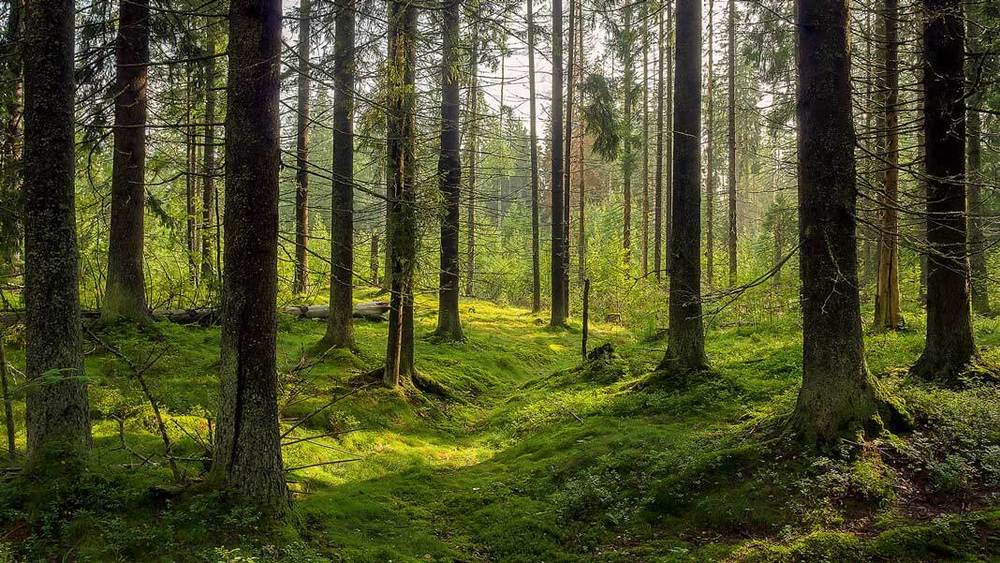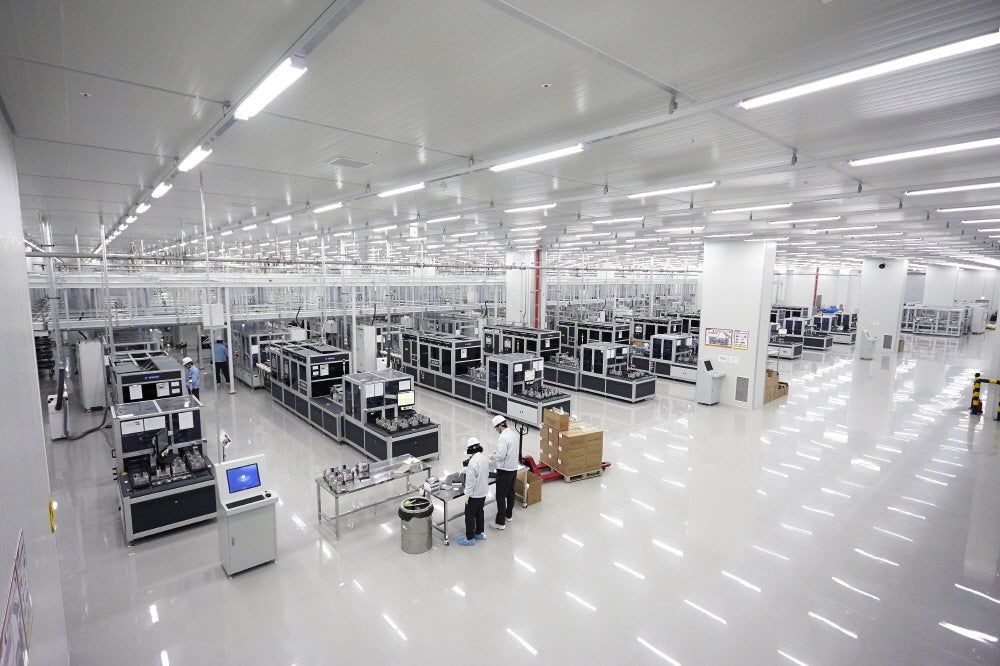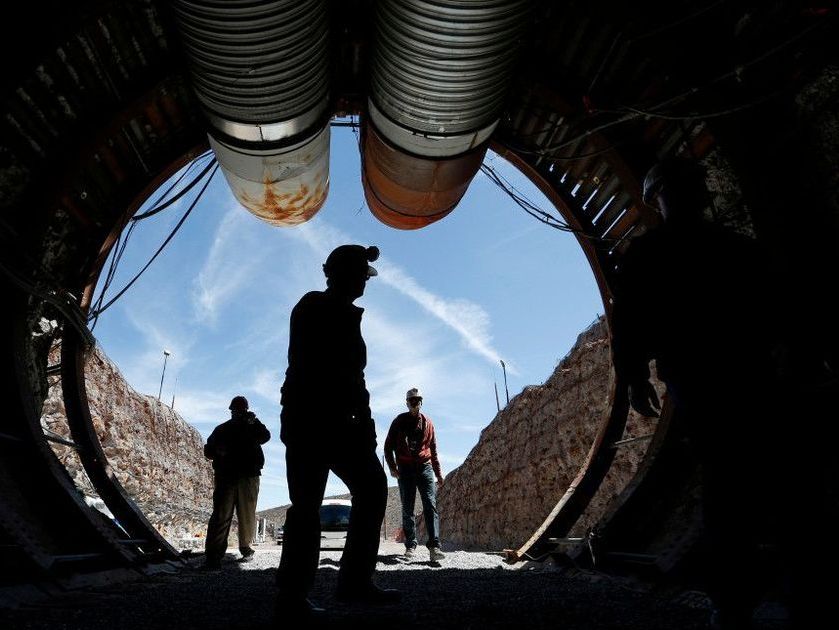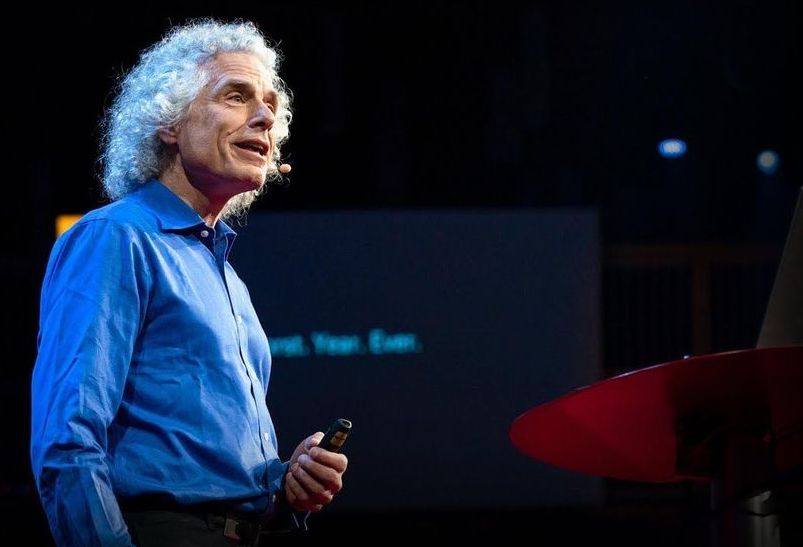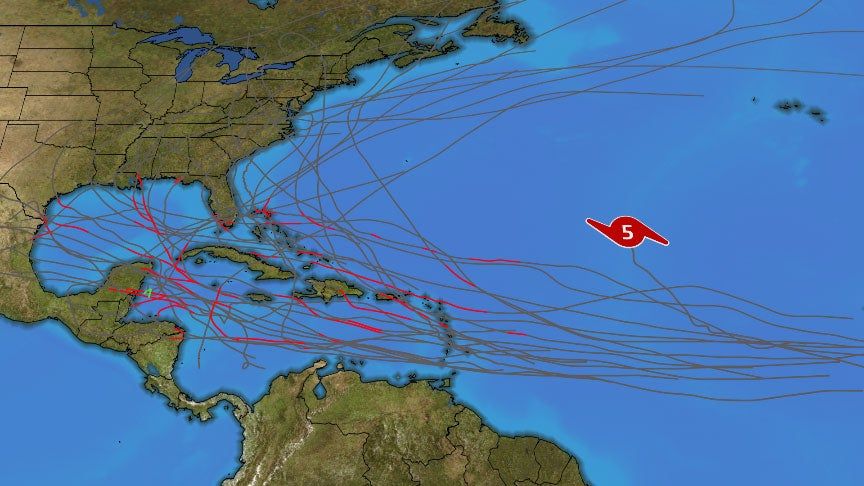Sep 29, 2019
Have you ever wondered how many black holes exist?
Posted by Alberto Lao in category: cosmology
Click on photo to start video.
What about what happens when two black holes collide?
Goddard Scientist Roopesh Ojha sheds light on the supermassive and stellar mass black holes within our galaxy. Scientists believe one supermassive black hole exists at the center of every galaxy and that many, many more of their much smaller siblings, the stellar mass black holes, surround it.
Continue reading “Have you ever wondered how many black holes exist?” »


